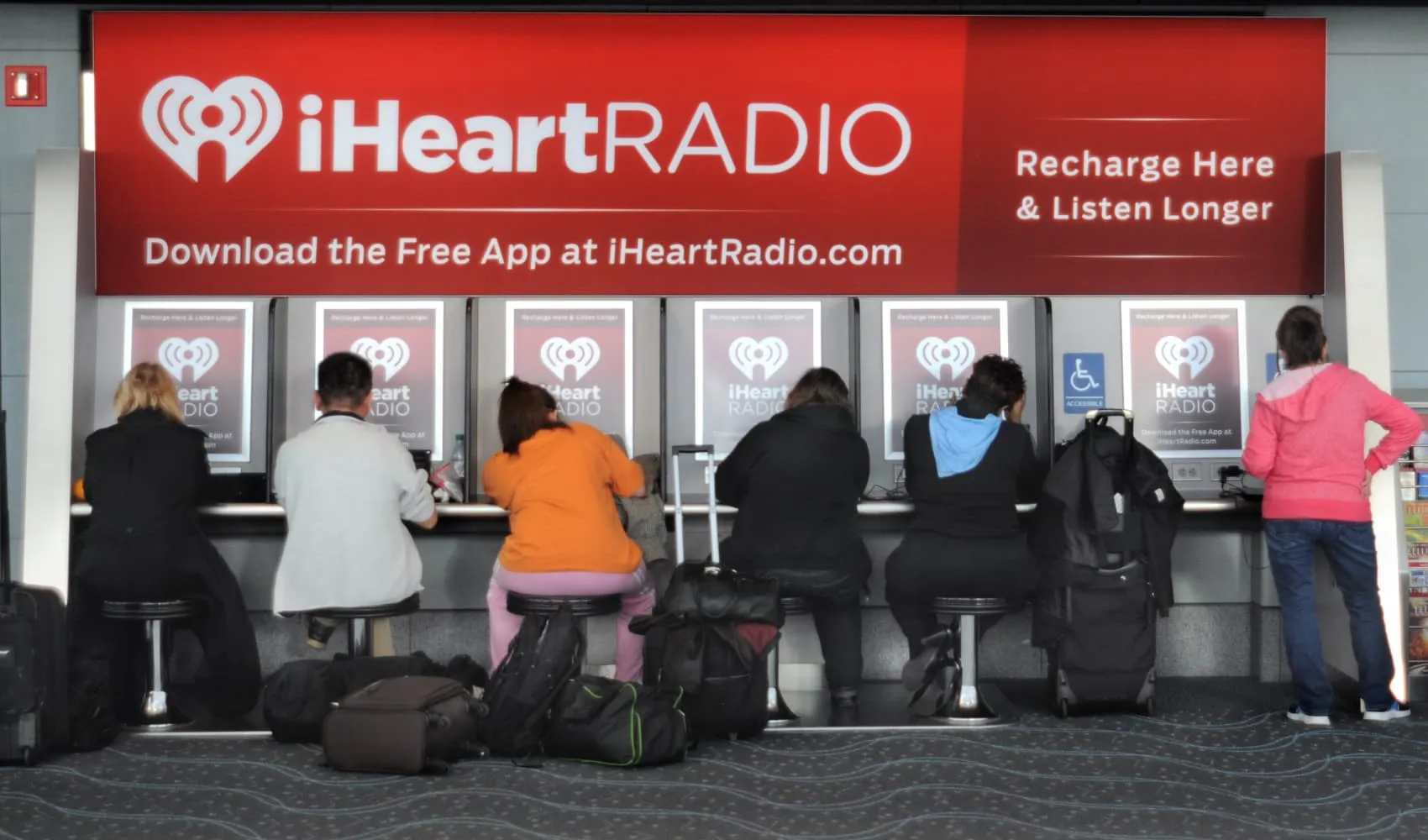Introduction to Radio’s Resilience in Media Shift
Radio’s Resilience in Media Shift: In the swiftly evolving realm of media, an intriguing anomaly emerges – radio, an age-old medium dating back to the 1890s, steadfastly maintains its relevance.
Table of Contents
The Tenacity of Radio Over a Decade
Over the past decade, radio has exhibited remarkable stability in listenership, a stark contrast to the significant downturn experienced by pay TV. While pay TV has seen a noteworthy decline, with a 20 percentage point decrease in penetration from 2014 to 2023, radio stands as a resilient bastion of traditional media.
The Enduring Appeal of Terrestrial Radio
According to Pew Research, despite a 10-percentage-point dip in weekly listenership from 92% in 2022, a considerable 82% of Americans over the age of 12 still tune in to terrestrial radio. Guggenheim media analyst Curry Baker attributes this steadfastness to the unique engagement strategies of radio personalities and stations, especially in connecting with local audiences, a practice largely unexplored by cable networks.
Accessibility and Cost Efficiency
Accessibility and cost efficiency further contribute to Radio’s Resilience in Media Shift. In the realm of in-car entertainment, terrestrial AM/FM radio holds sway, preferred by a majority of U.S. drivers due to its standard inclusion in most vehicles at no extra cost.
Building Local Audience Loyalty
Radio’s ability to cultivate local audience loyalty, exemplified by familiar voices on popular stations like Z100 in New York and KIIS-FM in Los Angeles, has significantly bolstered its listenership. Notable radio figures such as Elvis Duran and Ryan Seacrest, along with Fox News’ Sean Hannity, continue to command substantial followings.
Unique Elements: Contests and Sweepstakes
One distinctive element of terrestrial radio is its incorporation of contests and sweepstakes, offering listeners the chance to win concert tickets or cash prizes. Tom Poleman, Chief Programming Officer at iHeartMedia, emphasizes the interactive nature of radio, with contests playing a pivotal role in engaging over half of their audience.
The Dominance of iHeartMedia
iHeartMedia, a media giant, boasts an extensive reach, reporting an average of 250 million monthly listeners across 860 stations nationwide, making it the largest radio broadcaster in the country.
Embracing Change: Podcasts and Digital Output
Despite the encroachment of podcasts and streaming platforms, radio, with stalwarts like iHeartMedia and SiriusXM, has not only embraced change but also capitalized on it. The business models of these radio giants now encompass podcasts and digital output, demonstrating a willingness to evolve.
Advertising Challenges Amidst Recovery
In a landscape where the contentious relationship between media companies and streaming services is palpable, leading radio companies are positioned to thrive in the podcasting boom. Poleman notes the innate appeal of listening to a human voice, a quality that has seamlessly translated into successful podcasting ventures for radio hosts.
Optimistic Vision for the Future
However, the radio industry faces challenges in advertising amid the post-Covid-19 recovery. Baker highlights the uncertainty in the advertising industry, evidenced by a 5.1% year-over-year decrease in multiplatform revenue for iHeartMedia in the third quarter of 2023. The decline is attributed to challenges in the macroeconomic environment and reduced political advertising.
The Shift Towards Digital
In contrast to the grim outlook for broadcast advertising revenue, podcasting and digital advertising revenues have seen growth. iHeartMedia reported a total revenue of $953 million in the third quarter of 2023, surpassing the $948.3 million generated in the same period in 2019.Radio’s Resilience in Media Shift.
Conclusion: Radio’s Resilience in Media Shift
Baker optimistically envisions radio broadcasters stabilizing their terrestrial business while fostering digital growth to offset secular pressures. The anticipated shift is projected to see digital business surpassing legacy terrestrial business within the next five to six years.
In this ever-evolving landscape, Radio’s Resilience in Media Shift, not only navigates challenges but emerges as a beacon of endurance, weathering the storms of media evolution with unwavering strength. The unique blend of local connection, interactive elements, and adaptability positions radio as a captivating force that continues to defy predictions and chart its course in the diverse media landscape.







